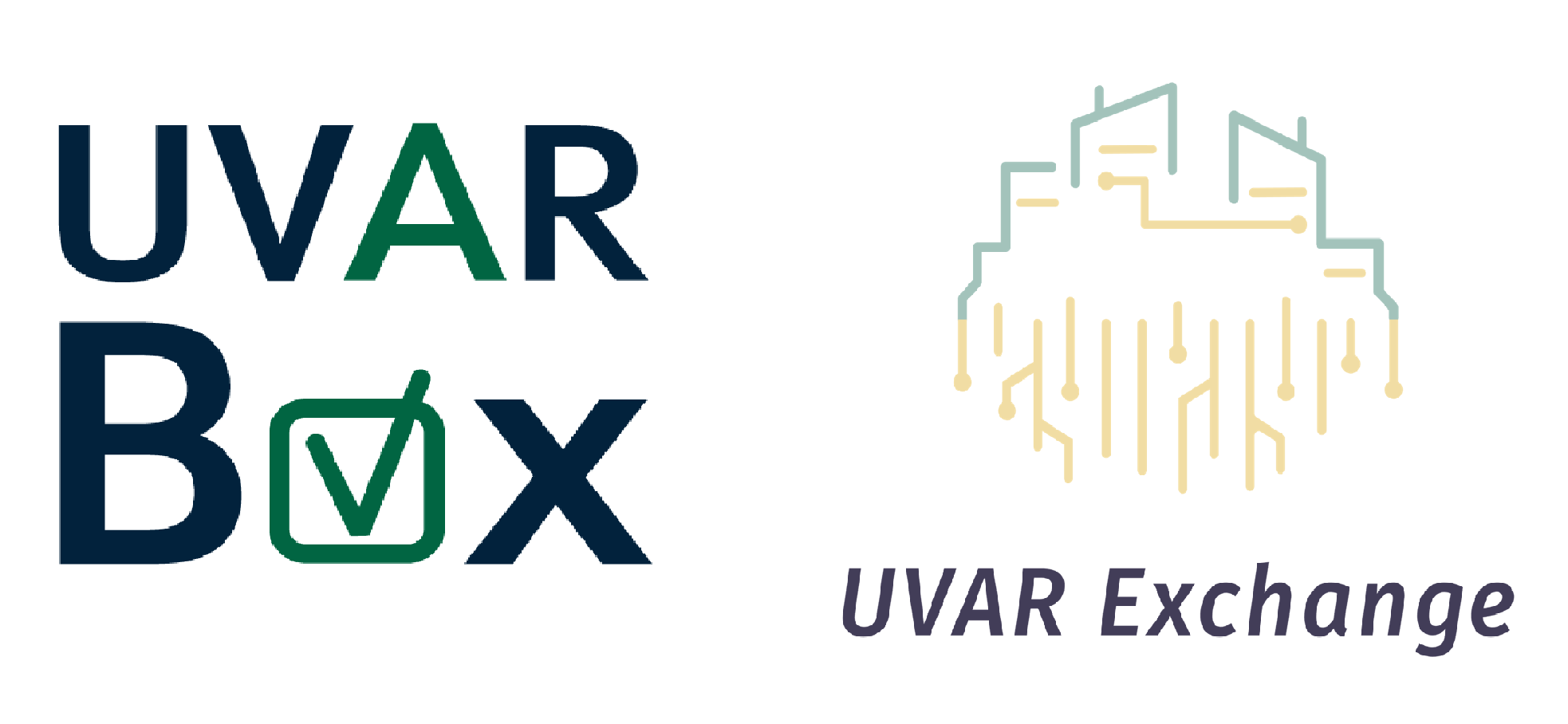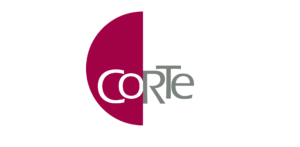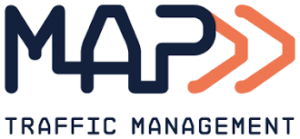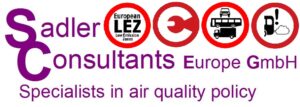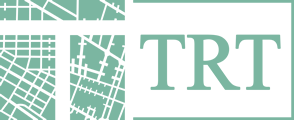About UVAR Exchange
Your questions
Urban Vehicle Access Regulations (UVAR) have been established across European Cities, under different schemes aiming to positively impact the reduction of emissions, traffic congestion or, simply, to return back to pedestrians and cyclists, the most scarcest resource in the city: urban space.
Low Emission Zones, Parking Regulations, Congestion Charging Schemes, Limited Traffic Zones, and Pedestrian zones
The project, which studies concerning passenger and commercial vehicles, covers all EU Member States, taking into account the national characteristics of the regulations functioning in different Member States.
- Physical (horizontal and vertical) road traffic signs,
- Variable Message Signs (VMS), and
- Cooperative-ITS/geofencing including digital ITS services for car navigation systems.
Introduction
The project links to and follows the European Parliament funded UVARBox project. It has a number of aims on the exchange of information.
Firstly, to enhance the experience of road users by improving the communication of information to drivers in the vicinity of UVARs through different road signs. By communication to drivers on different UVARs, UVARExchange works to enable EU-wide harmonised physical signs working with EU organisations responsible for road sign coordination, as well as variable message signs (VMS) , as well as by demonstrating the provision of information directly to a connected vehicle via Cooperative Intelligent Transport System (C-ITS) messages.
Secondly, UVAR Exchange will address the cross-border sharing of vehicle and driver information. Enabling this would avoid the need for foreign drivers and vehicle operators to pre-register for separate LEZ cities and countries. The only reason this is currently needed is when cities cannot get cross-border information sharing of the vehicle technical information from other countries. Enabling this cross-border sharing would at the same time make compliance checks and enforcement of foreign vehicles and drivers by the UVAR authorities easier, cheaper and quicker.
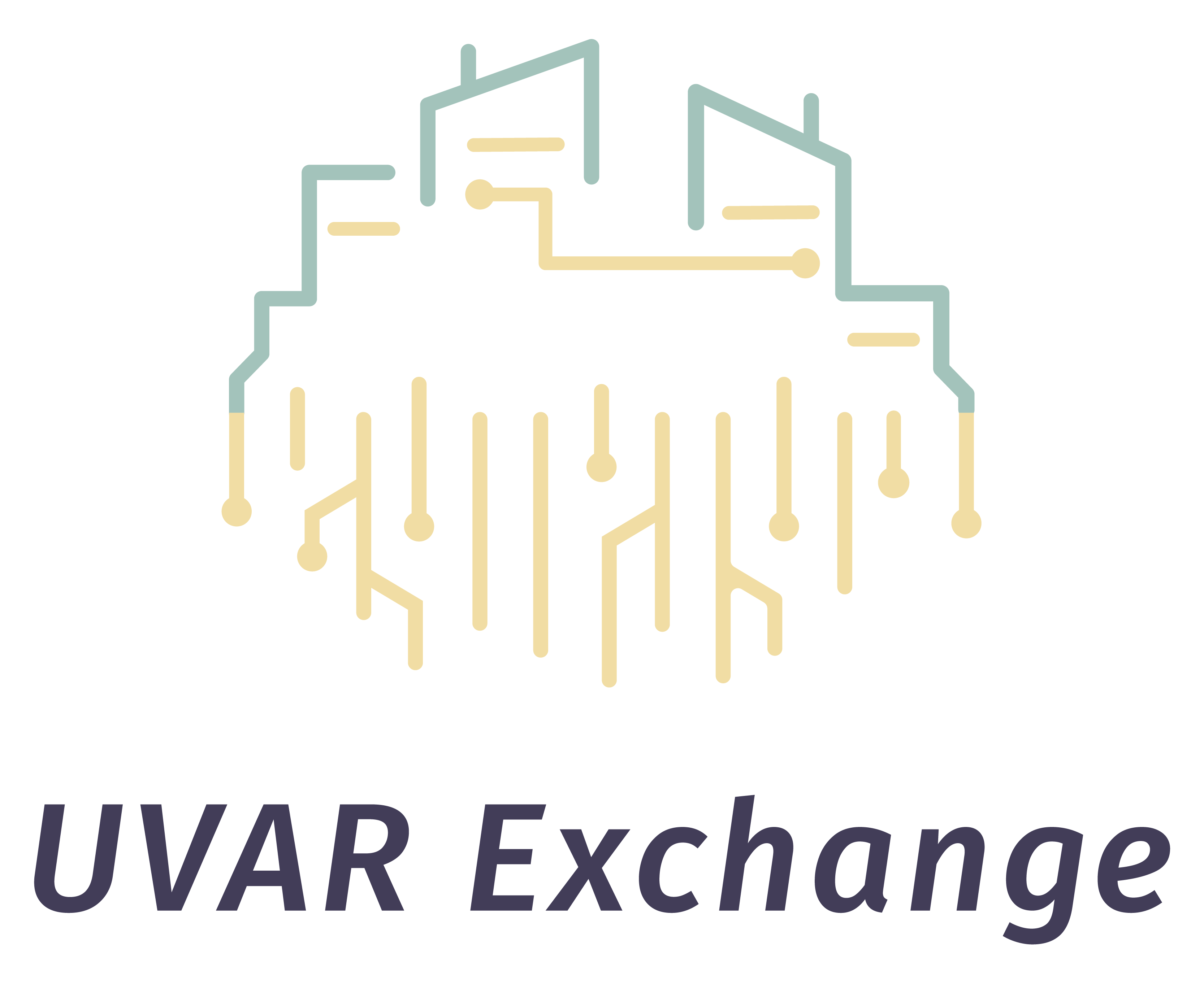
The Plan
The work relies on intensive desk research and extensive engagement with experts, public authorities operating UVARs and stakeholders at the local, regional, national, and international level, through surveys, meetings, interviews and workshops.
For working to harmonise UVAR road signs, we are working particularly with cities, national authorities and the UNECE working group on road safety. We will also demonstrate how this can happen with different cities and countries. Guidance documents on how to best use UVAR road signs will be produced.
We will be demonstrating Variable Message Signs and C-ITS aspects, such as geofencing IVI messaging directly to vehicles with a number of city authorities.
To progress with cross-border sharing of vehicle and driver information we are working in particular with cities, national authorities, and solution providers.
A kick-off workshop took place in December 2021, and a final workshop will highlight the outcomes towards the end of 2022. For more details of forthcoming events, please see the events section of this website.

Commonalities with UVARBox
The C-ITS aspects of the UVARExchange project will be using DATEX II. DATEX II is the electronic language used in Europe for the exchange of traffic information and traffic data. The development of DATEX II was initiated to exchange information between traffic centres of motorway operators, and through UVARBox this is being extended to UVARs.
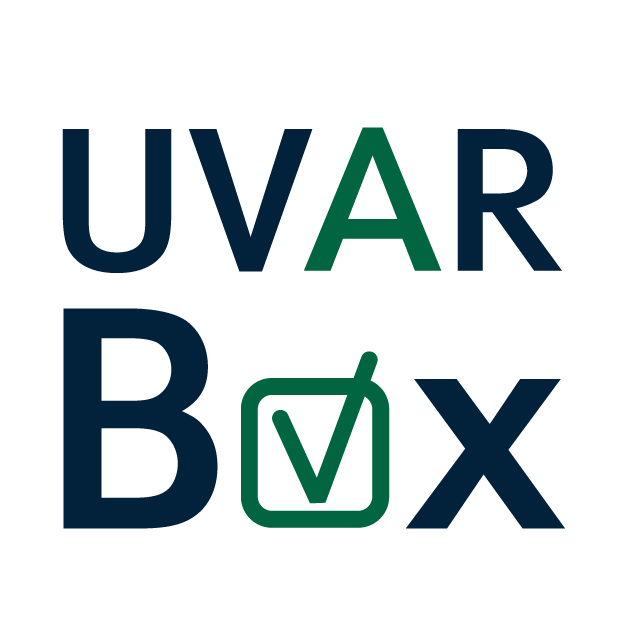
Project partners
The UVAR Exchange Project consortium includes six project partners and is lead by Panteia.
Our Timeline
-
Report on urban and regional vehicle access schemesA short report detailing all practical aspects of information provision in terms of signalling of urban and regional vehicle access schemes. Draft January 2022, Final December 2022
-
Report on UVAR informationA short report detailing guidelines for representing UVAR information through VMS. Draft April 2022, Final November 2022
-
Report on legal, administrative & technical challengesReport on legal, administrative and technical challenges and recommendations on the possible solutions that can help identification of non-compliant vehicles and vehicle owners for enforcing UVARs through data sharing. Draft January 2022, Final December 2022
-
12.12.2021: Stakeholder & City Workshop I
-
12.2021: Start of the demonstrators
-
10.2022: End of the demonstrators
-
12.2022: Final Report
-
12.2022: End of Project
